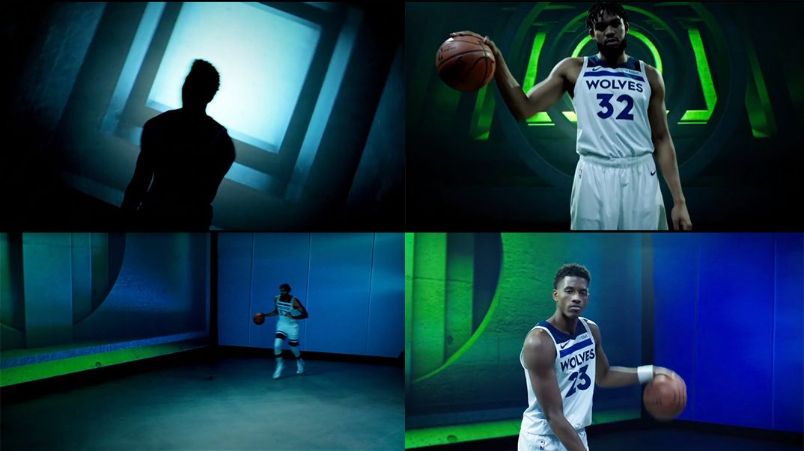30 January 2023
The term “Virtual Production” is pretty broad. Let’s figure it out together! Virtual Production refers to computer-aided visualization and production. It involves a lot of various methods for making high-quality movies. We are going to review the explanation of the Weta Digital team to have a better understanding about virtual production.
According to Weta Digital, virtual production is a smooth transition between digital and physical realities. It is a creative process, which includes the most advanced filmmaking techniques, such as LED screens, live performance capture, in-camera VFX, etc. Not long ago, only the best Hollywood studios could get access to such techniques. Now the situation has changed dramatically and such awesome technologies are accessible to all creative individuals.
Does Virtual Production Make The Filmmaking Process Easier?
The process of professional filmmaking is all about creativity and technological skills. It is very interesting to observe the progress in the cinema, starting from silent and black and white movies and finishing with such masterpieces as Avatar. We speak about two extremes, where completely different techniques, equipment, and methods were used. At the same time, they both share a common goal to entertain the audience. The essence of every movie is an excellent story, and the process of realization comes afterwards.
We can compare a traditional film production with the process of mastering music instruments, which you can’t hear. The process of learning can’t be too fast when a person hears the music only a couple of weeks after hitting the first note. It is a perfect comparison with a creative loop.
Everything concerning modern cinematography, virtual production, and all the benefits it can offer brings us to the next level of technological evolution. Nowadays, a lot of movies and series have been created using a certain form of virtual production. We speak about techvis, previsualization, or postvis. The potential of virtual production is enormous.
At the moment, the absolute forefront of virtual production is Unreal Engine. The entire process of production and every aspect of filmmaking gets influenced by Unreal Engine.
There are a lot of efficient old-school filmmaking techniques, but virtual production looks more iterative. The entire process is more collaborative and nonlinear. Thanks to virtual production, the filmmakers are able to focus on visual details in the present moment, without deferring the essential decisions to post. The process of iteration starts earlier in the filmmaking schedule, which is too busy. Nowadays, it is not a problem to generate high-quality images simply by having access to a real-time engine. We can forget about creating assets which are incompatible, and focus on creating assets, which are 100% compatible and usable.
The editorial aspect of virtual production provides filmmakers with provisional imagery which is much closer to the final outcome. It is a way to make its final appearance more appealing to the audience and eliminate any kind of missing shots during the production process. Unreal Engine is the heart of modern visualization.
What Future Is Waiting For Virtual Production?
Many experts make their own predictions regarding the future of filmmaking and technology in general. We will try to do the same. Most probably virtual production will become widely used all around the world. Thanks to this computing hardware the process of filmmaking will keep on improving and evolving. There will be a lot of new releases of CPUs/GPUs which will become more powerful. It will positively impact image fidelity. There is no doubt that Epic Games will focus on developing the Unreal Engine by leveraging the most advanced real-time technologies. One of the most efficient ways to boost the quality of images is by using ray tracing.
Thanks to upcoming improvements in technologies, virtual production will become accessible to everyone, opening a lot of opportunities and expression of creativity. More and more industries will start investigating potential and leverage virtual production. Vendors of visual effects will find out many ways to collaborate and improve the development phase. You will see an increasing demand for such experts as virtual asset designers. A lot of job openings will be open for ambitious specialists who are open to something new and not afraid of technological progress. If you do not know where to look for job opportunities, you should check the following 3D marketplaces: TurboSquid, Quixel, CGTrader, etc.
Virtual production is in high demand even now and it will continue to increase. A lot of progressive companies start offering services of virtual production. Let’s look back at CG animation companies, which were presented in the ’90s for the first time. Modern visual effects break any limitations and it is even hard to imagine what is waiting for us in the future. It is not a problem to access virtual production tools and use them for increasing the quality of the images. Now we all have access to such apps as CineTracer or FRAGMENT. They are awesome! Just a couple of years ago, we could not even guess their potential and the way they can change the process of filmmaking.
We live in the period of time when the real world meets the virtual one. Such a creative mix opens up a lot of opportunities and ways to express interesting ideas. Virtual Production leads to collaborative filmmaking workflow and permits to reach new horizonts.































